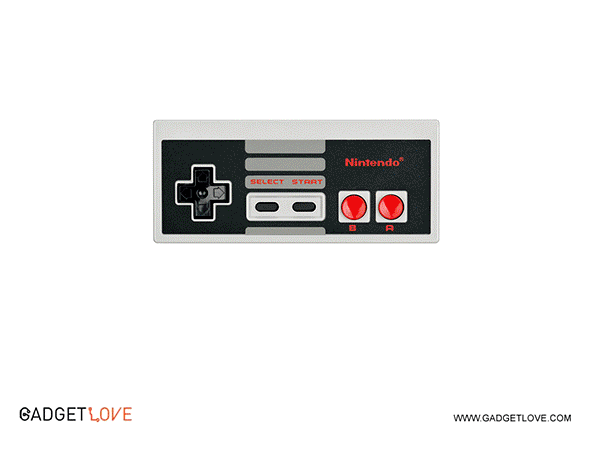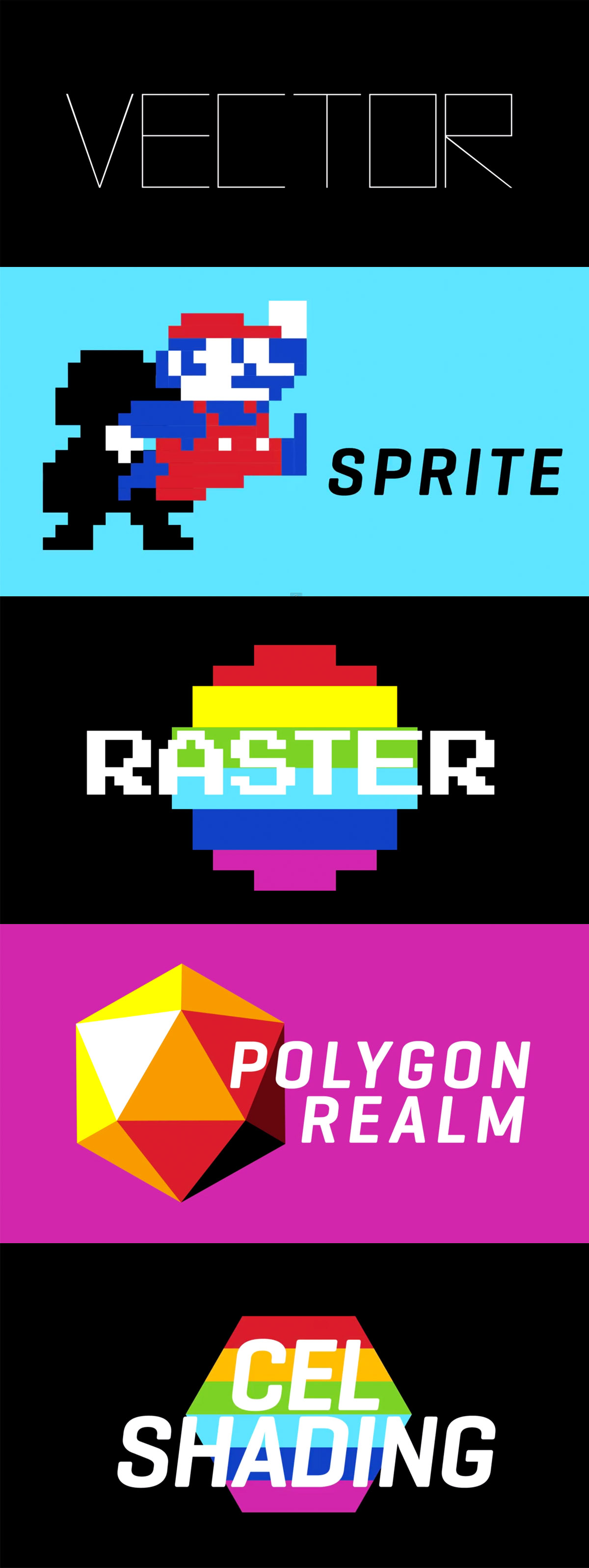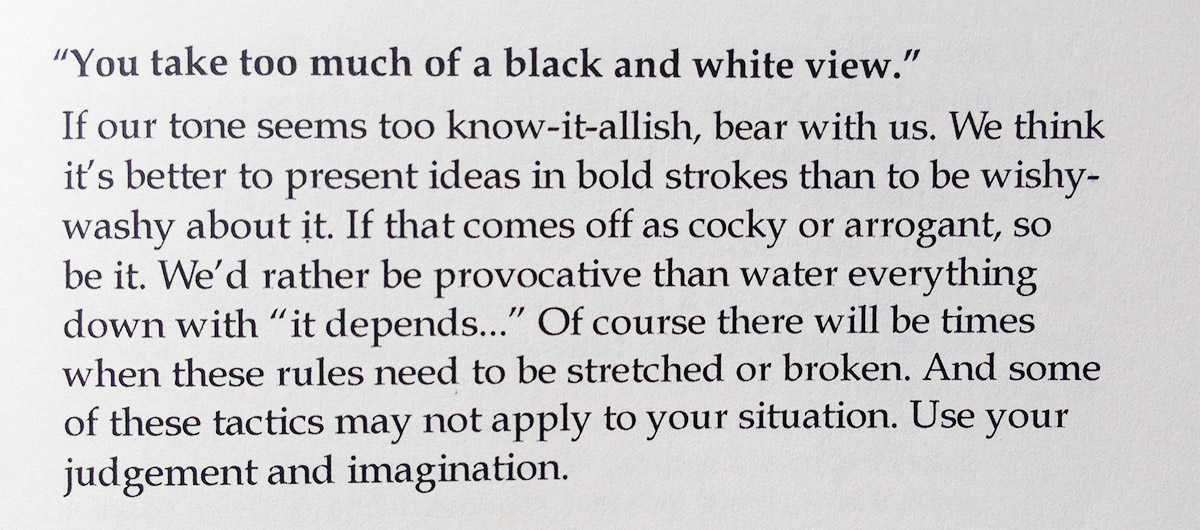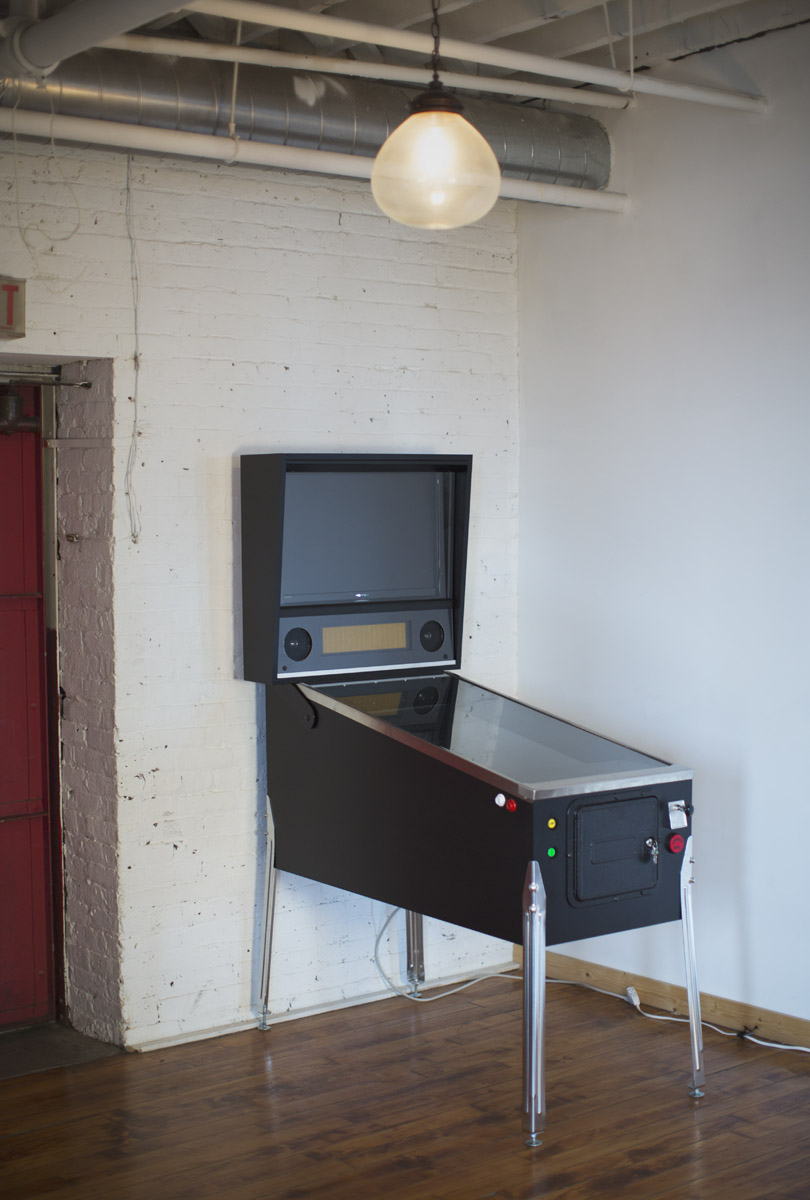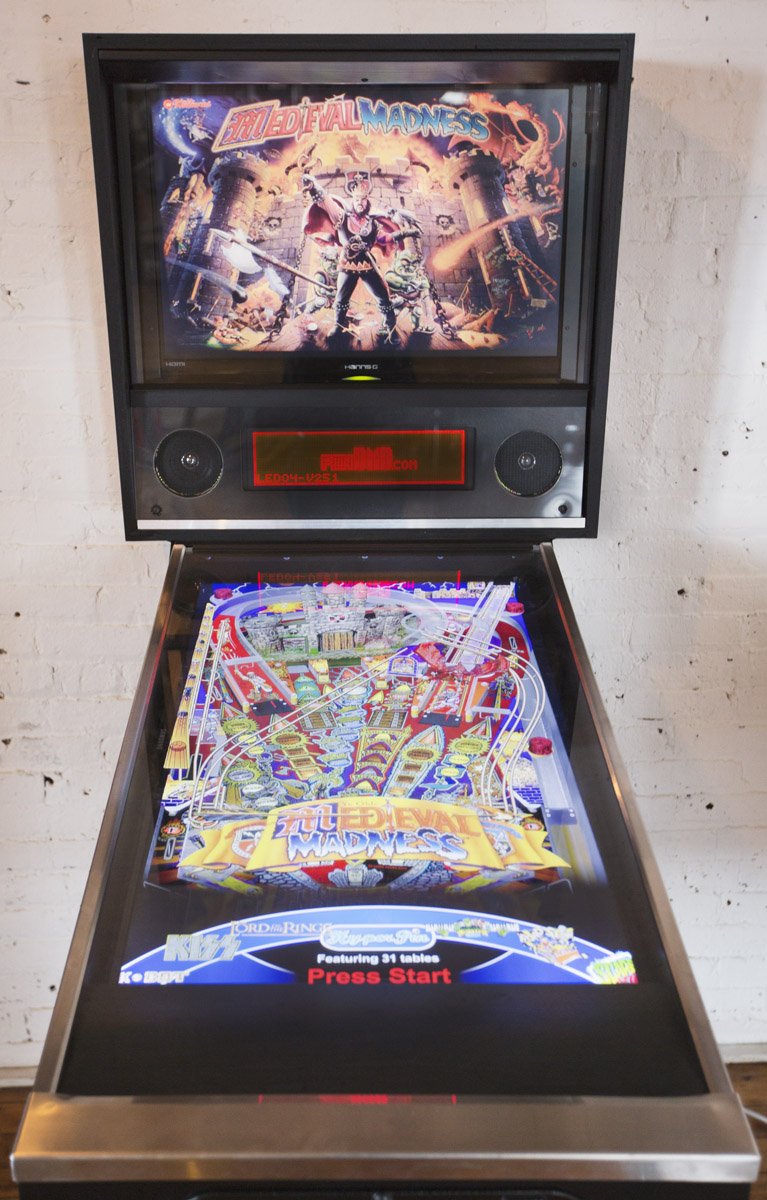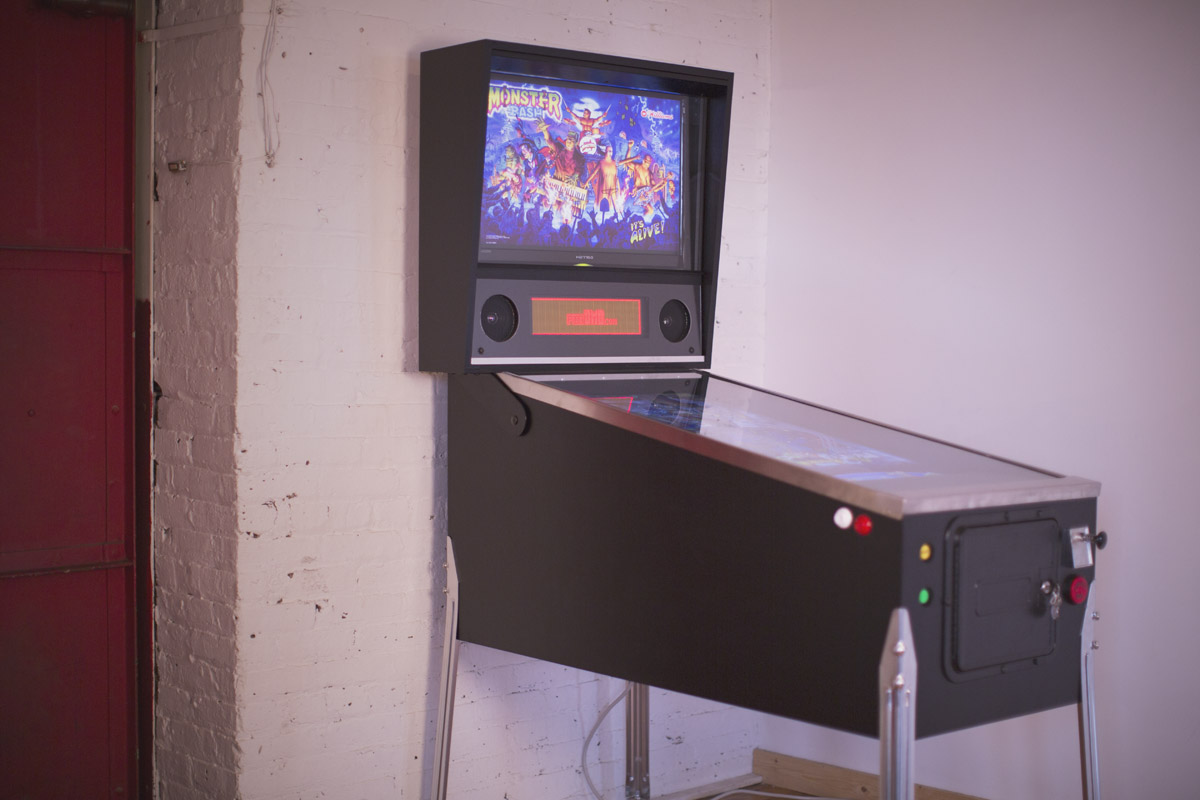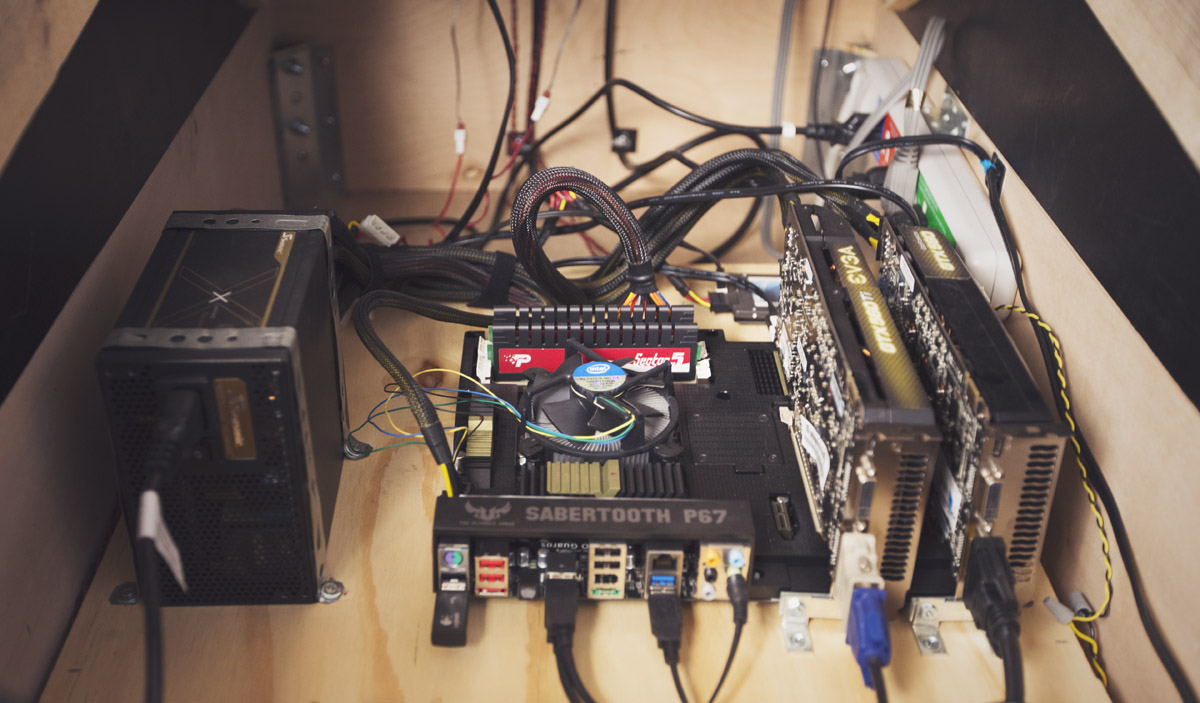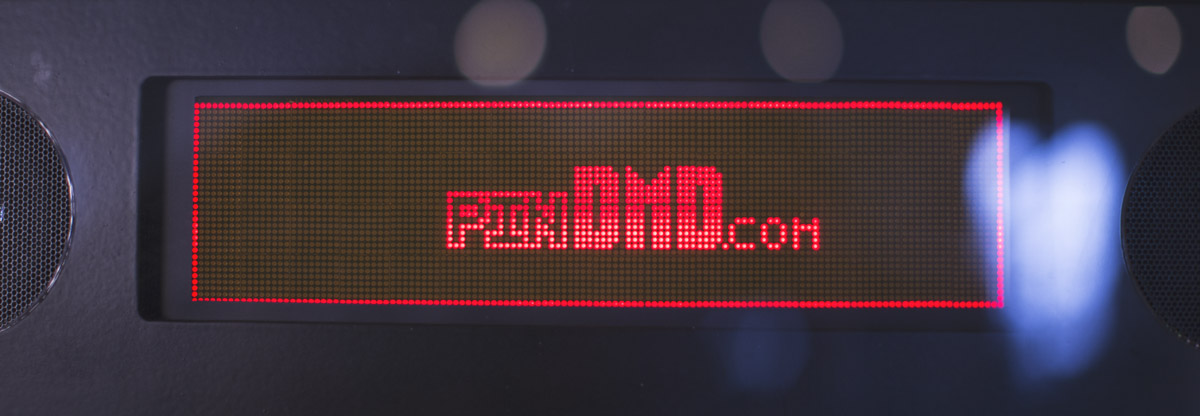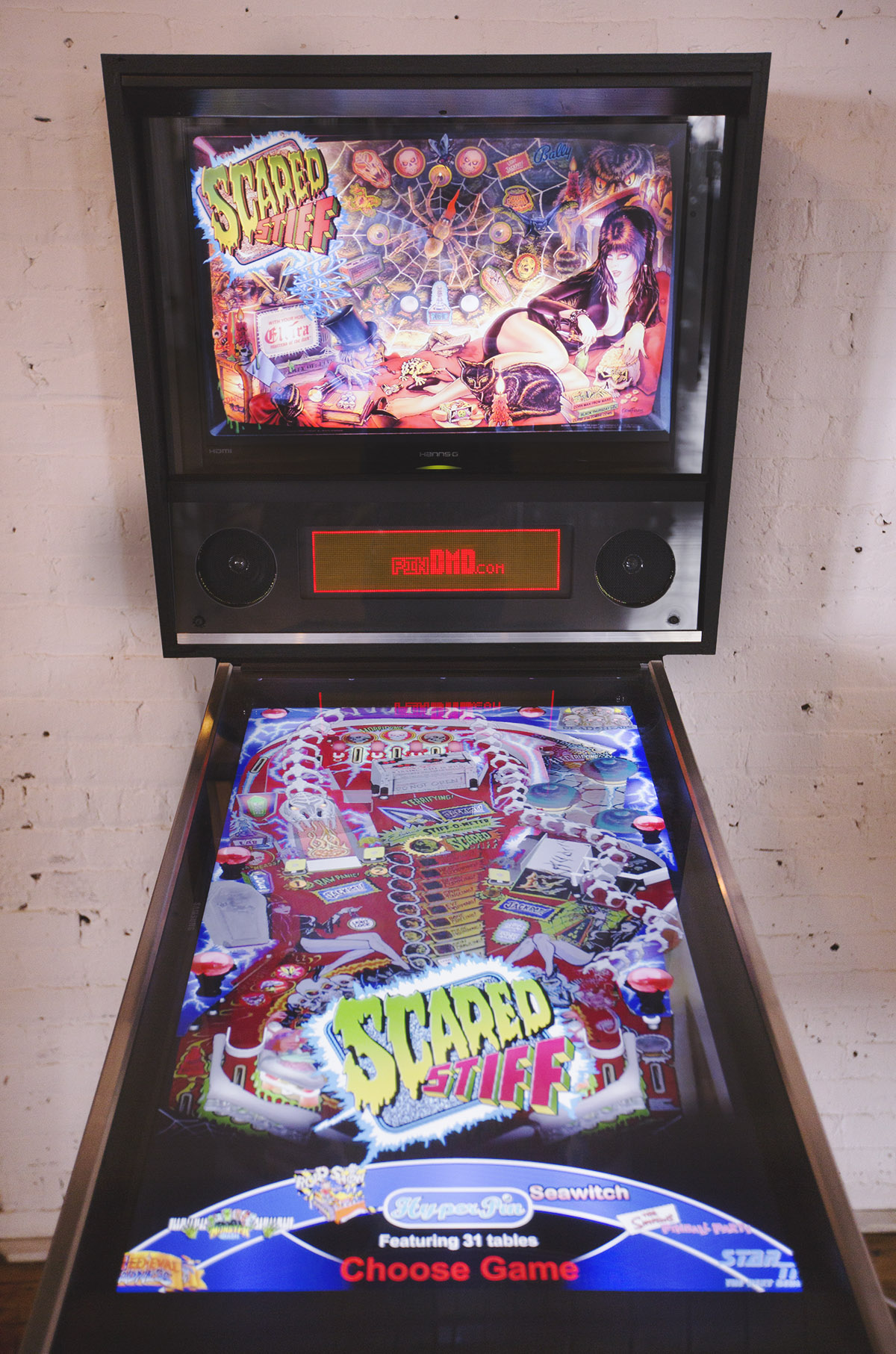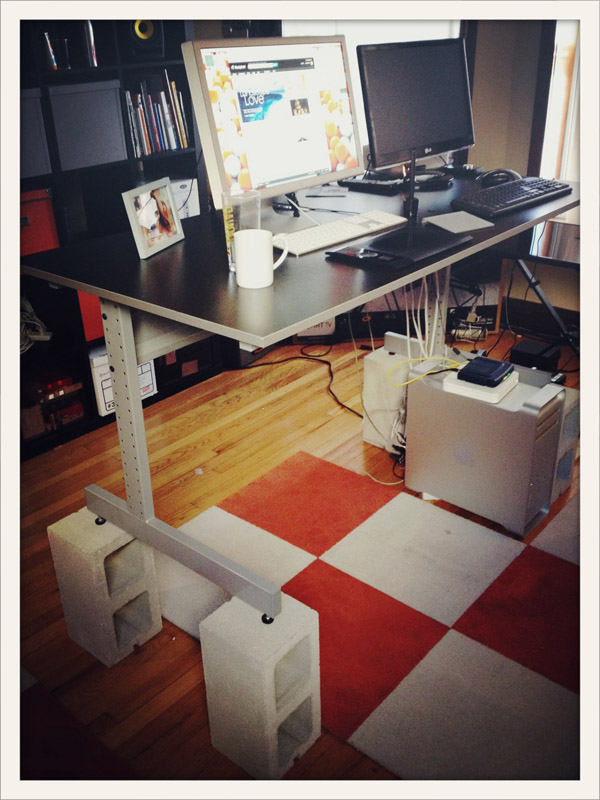Just Get Started
It was new years eve when I had the idea for a new project. I was walking around my neighborhood on a phone call with my buddy Dave. We were talking about what we wanted to do with the upcoming year. We both had similar goals. Dave wanted to meet more people in his town and create a community of like minded coders and designers and I wanted to share more of myself and my interests with people and take more time to directly answer questions from the dozens of emails and twitter questions I get online.
Ideas
Ideas are the easy part. Especially around the new year. It’s the DOING that is the hard part. Usually I try to set up habits to get in the right frame of mind. Usually by setting deadlines or to do something every day. But for these projects, we needed something more. They were bigger projects than just trying to floss more or do morning pushups. We decided to try something new.
Accountability
Both of us have heard about this before. Have an accountability partner that keeps you on the right path. For some, it’s a workout buddy. Others, it’s a nightly talk with a spouse to be sure you did everything on your list. Dave and I decided that we were going to keep each other accountable for these ideas to make them actually happen.
That was 4 weeks ago. Dave and I talked at least once a week after that, checking in on each others progress. Dave has made a lot of progress by finding a shared office space and starting to get a meet up on the books.
I, however, did nothing toward my goal of a new podcast. Just a bunch of talk about the structure of the show, the name, what hosting platform I would use, what recording software, etc. I mean, I THOUGHT I was doing a bunch of work to get this podcast started. I scheduled meetings with other friends of mine to talk about what software they use for their podcast. I have thought about topics, the length of the show, the format. Should it be a Q&A show? Maybe a show with a co host? Maybe both?
All of this thinking kept me from actually doing what I originally wanted to do.
Just Get Started
I was discussing names, yet again, with Dave over slack when he interrupted and said. “You haven’t even made one show.”
I was reminded instantly of the advice I give to students when they start asking about what tools to buy, what computer to get, what camera or lens do they need. The answer is always Just Get Started. I wasn’t taking my own advice.
I immediately opened up Screenflow and recorded my first episode. No name, no title, no structure. I finally had momentum (or is it inertia?). Instead of setting up a new site to take questions, I just asked on Twitter. I received a few questions and recorded my next episode.
Using That Inertia
Once I got started with the first episode, more answers started to show up. I remembered that a friend of mine made a website for hosting podcasts. Also, another friend of mine just started a new podcast on that very same site. “Good Enough For Me” I thought as I signed up for the service and my new podcast had a home.
The Name
I recorded the first two episodes and still didn’t have a name. I thought about names like “Get Started Already” to remind myself and others to just start with projects. But I thought it may be too simplistic. Then I remembered my favorite talk I gave called “The Creative Gap”. It was based on this video from Ira Glass where Ira talks about the Gap between where you want to be and where you are now. I always thought that that idea was very powerful. Using the gap as a way to think of being a beginner at something not as a fixed thing, but as a journey towards where you want to go.
Two Hours
That’s all it took to go from Dave reminding me to start a podcast and for me to have a podcast up on iTunes. Listen to the first episode and you will see how scattered it is. But by the third episode, I had a name, and a rough structure for the episodes is starting to take shape. All because I took that first step in actually doing the work.
What are you stuck on?
What project did you say you were going to start this year? Have you done it? If not, try just doing one part of it today. Not the planning part of it, but an actually part of it. Did you want to exercise more? Don’t figure out what gym to join. Just so some pushups. Want to make a new website? Try making 10 blog posts first. Want to take more photos? Don’t watch another camera review. Go take 100 photos with your phone and choose your favorite 10 to put on Instagram.
It’s a lesson I constantly have to re-learn. The details don’t need to be perfect. Just get started making something real and the rest will be easier to figure out.
Go! Get Started!
